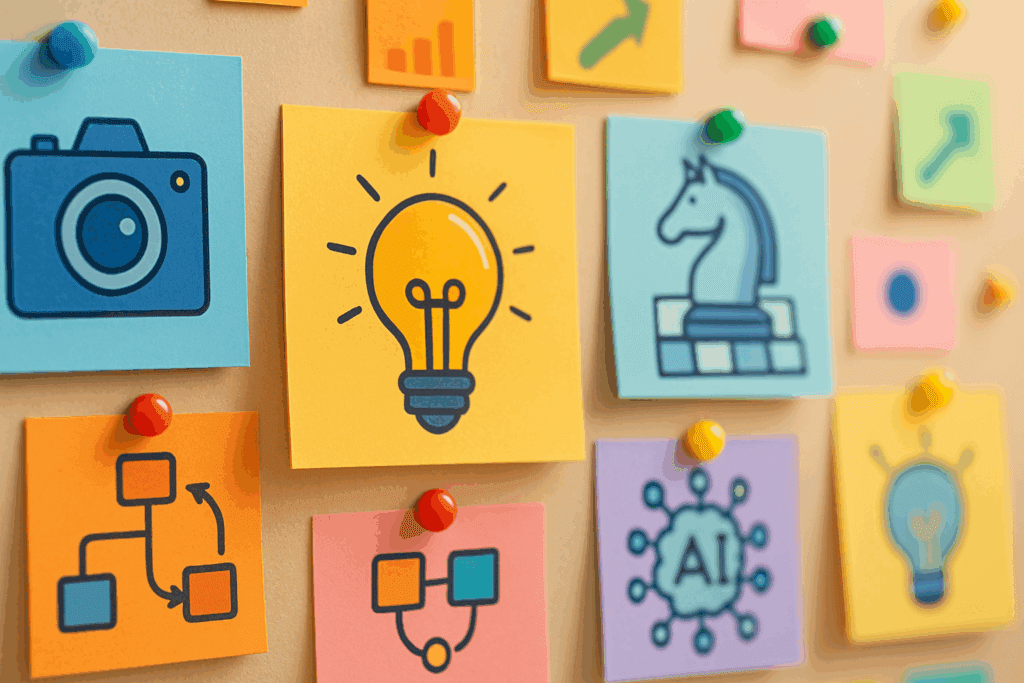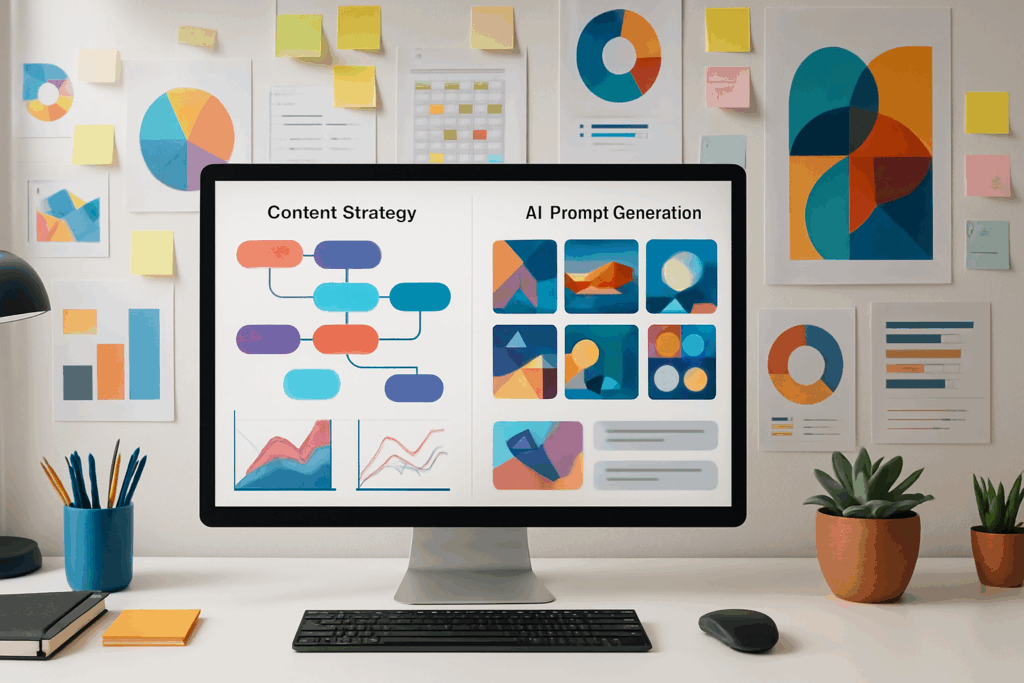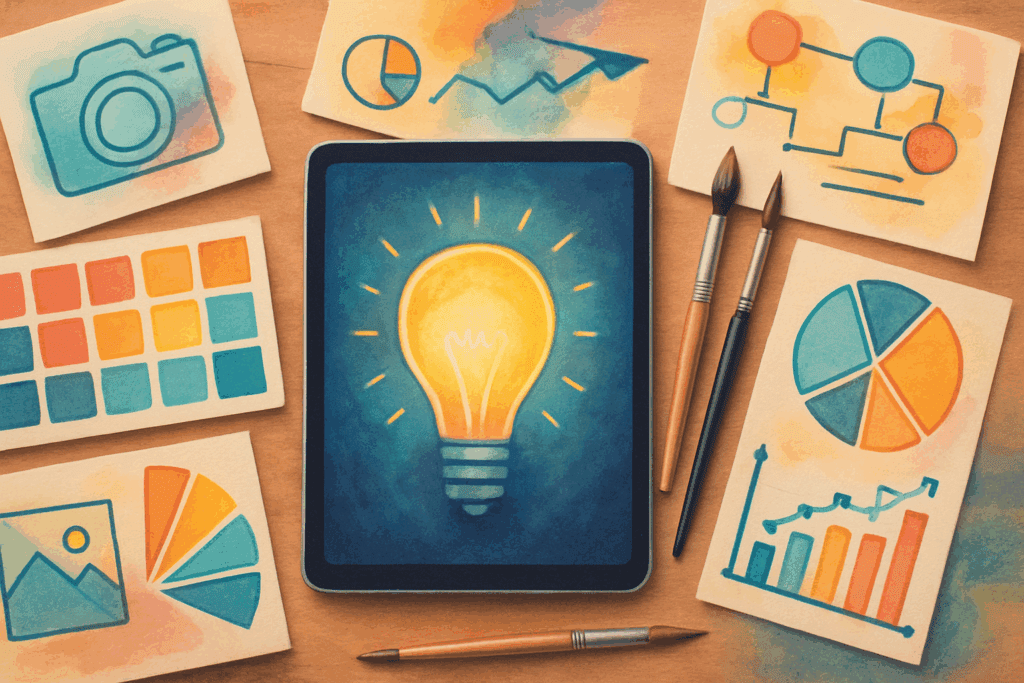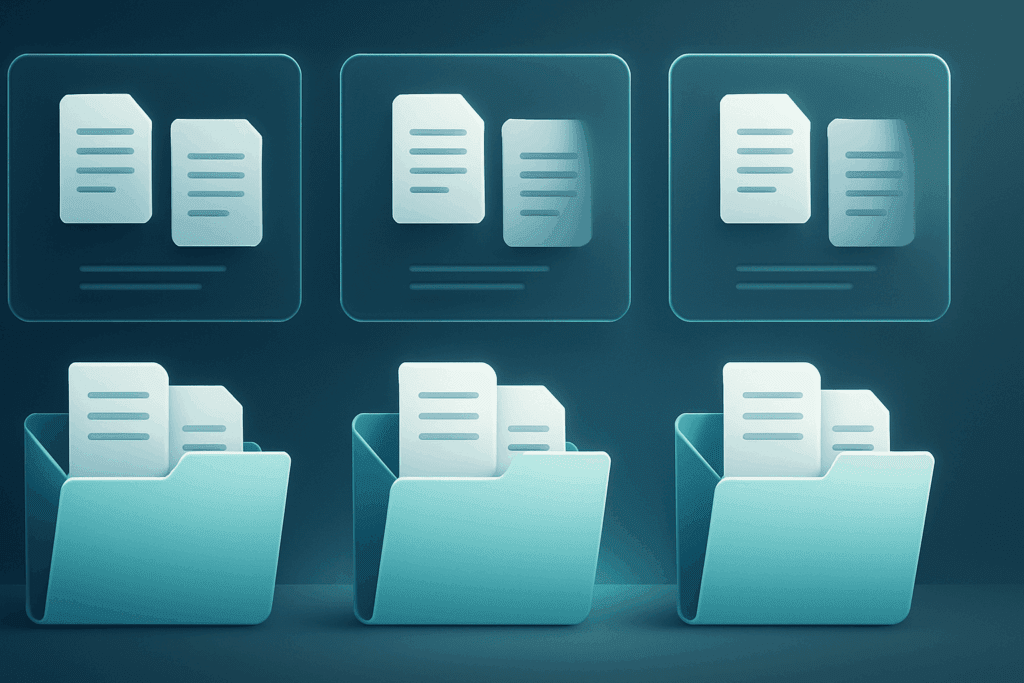Understanding the Relationship Between Diet and Blood Pressure
Blood pressure is a critical marker of cardiovascular health, and diet plays a central role in regulating it. Elevated blood pressure, or hypertension, affects millions of adults globally and remains a major risk factor for stroke, heart attack, kidney disease, and other serious conditions. While medications can be necessary for managing high blood pressure, lifestyle interventions, especially dietary changes, are often recommended as first-line therapies. Among the many foods studied for their effects on blood pressure, bananas and oatmeal have gained attention for their potential benefits. The question, “Do bananas lower blood pressure?” is one that has been increasingly explored by researchers and health professionals alike, especially as the demand for natural and sustainable health interventions grows.
You may also like: 4 Ways to Have a Healthy Diet: Expert Tips Backed by Science for Better Nutrition and Long-Term Wellness
The Impact of Potassium-Rich Foods Like Bananas on Blood Pressure
Bananas are well known for their high potassium content, and potassium is a mineral that plays a fundamental role in managing blood pressure. The human body requires a delicate balance between sodium and potassium to maintain proper fluid balance and vascular tone. Excessive sodium can increase blood volume and pressure, but potassium helps counteract these effects by promoting vasodilation and encouraging the kidneys to excrete more sodium through urine. As such, eating potassium-rich foods like bananas can contribute to blood pressure regulation, especially in individuals who consume high-sodium diets.
A medium-sized banana contains approximately 422 milligrams of potassium, which constitutes roughly 9% of the recommended daily intake for adults. Integrating bananas into the diet, particularly in place of processed snacks high in sodium and saturated fats, can be a simple and accessible way to support heart health. The relationship between banana consumption and blood pressure is supported by observational and interventional studies, which consistently show that diets rich in fruits and vegetables, especially those high in potassium, are associated with lower blood pressure readings. This has given rise to terms like “banana blood pressure” and “bp banana,” reflecting the association in public discourse.

How Bananas Help Address Hypertension Beyond Potassium Content
While potassium is the primary nutrient of interest when examining the effects of bananas on blood pressure, these fruits offer additional benefits that may contribute to cardiovascular health. Bananas are also rich in dietary fiber, particularly pectin, which can help lower LDL cholesterol levels—a known contributor to atherosclerosis and subsequent hypertension. Additionally, bananas contain antioxidants such as dopamine and vitamin C, which may reduce oxidative stress and inflammation in the vascular system, further supporting healthy blood pressure.
The carbohydrate content of bananas also deserves mention. Unlike refined sugars that can spike blood glucose and contribute to metabolic syndrome, bananas provide natural sugars along with fiber, which slows digestion and promotes more stable blood sugar levels. This is important because insulin resistance is often linked to hypertension. Therefore, the effects of bananas on blood pressure are likely multifactorial, involving a complex interplay between micronutrients, fiber, and antioxidant compounds. Individuals seeking to manage blood pressure naturally may find that bananas serve as a valuable component of a broader dietary pattern aimed at reducing hypertension.
The Science Behind Oatmeal and Its Role in Blood Pressure Management
While bananas are often highlighted in discussions about hypertension, oatmeal is another dietary staple that may play a significant role in cardiovascular health. The question “Does oatmeal lower blood pressure?” is backed by a growing body of scientific literature, much of which focuses on its high soluble fiber content. Oatmeal is particularly rich in beta-glucans, a type of soluble fiber known to lower LDL cholesterol and improve endothelial function. By reducing cholesterol levels and enhancing blood vessel flexibility, beta-glucans indirectly contribute to lower blood pressure.
In clinical studies, participants who consumed oatmeal daily experienced modest but statistically significant reductions in both systolic and diastolic blood pressure. These effects were more pronounced in individuals with preexisting hypertension, suggesting that oatmeal could serve as a preventive as well as a therapeutic food. Additionally, oatmeal is a low-glycemic food, which helps regulate blood sugar and reduce insulin spikes—both of which are beneficial for individuals with high blood pressure or those at risk of developing it.
Oatmeal also provides a range of vitamins and minerals that support vascular health, including magnesium and manganese. Magnesium, like potassium, helps relax blood vessels and may reduce systemic inflammation. For those looking to optimize their morning routine for heart health, starting the day with a bowl of oatmeal topped with sliced bananas combines two blood pressure-friendly foods into one powerful meal.

Synergistic Effects of Combining Bananas and Oatmeal in the Diet
Combining bananas and oatmeal in the diet may yield synergistic effects that go beyond what either food could achieve alone. From a nutritional standpoint, this pairing brings together a rich source of potassium, soluble fiber, antioxidants, and slow-digesting carbohydrates. When consumed together, bananas and oatmeal create a balanced meal that promotes satiety, stabilizes blood sugar, and supports vascular function.
The concept of food synergy—the idea that nutrients work better in combination than in isolation—is well supported in nutrition science. For example, the fiber in oatmeal can slow the digestion of the natural sugars in bananas, leading to more sustained energy and less fluctuation in blood glucose levels. This is particularly important for those managing metabolic syndrome, a cluster of conditions including high blood pressure, elevated blood sugar, and abnormal cholesterol levels. The antioxidants in bananas may also enhance the anti-inflammatory properties of oatmeal, creating a meal that not only nourishes but actively contributes to disease prevention.

Practical Applications: How to Incorporate These Foods Into a Heart-Healthy Diet
Making bananas and oatmeal a regular part of the diet doesn’t require a radical overhaul of one’s eating habits. Simple changes, such as choosing oatmeal over sugary cereals or snacking on a banana instead of chips, can make a meaningful difference over time. For breakfast, a bowl of steel-cut or rolled oats topped with fresh banana slices, a sprinkle of cinnamon, and a handful of walnuts provides a nutrient-dense meal rich in potassium, fiber, and healthy fats.
Those looking to increase variety can also incorporate bananas into smoothies with oats and leafy greens, or bake oatmeal banana muffins using whole ingredients. Overnight oats are another convenient option, allowing for meal preparation ahead of time and offering a refreshing alternative during warmer months. Importantly, these dietary changes should be part of a larger lifestyle strategy that includes regular physical activity, stress management, and adequate sleep—each of which plays a crucial role in regulating blood pressure.
What the Research Says: Clinical Evidence on Bananas, Oatmeal, and Blood Pressure
Scientific evidence supporting the consumption of bananas and oatmeal for blood pressure control is robust and growing. Numerous studies have identified dietary patterns like the DASH (Dietary Approaches to Stop Hypertension) diet as highly effective for managing hypertension, and both bananas and oatmeal feature prominently in this approach. One study published in the American Journal of Clinical Nutrition found that individuals who consumed high-potassium diets experienced significant reductions in blood pressure, particularly when potassium intake was balanced against sodium.
Similarly, randomized controlled trials involving oatmeal have shown consistent reductions in blood pressure among hypertensive and prehypertensive participants. In one meta-analysis, researchers concluded that daily intake of beta-glucan-rich oats could reduce systolic blood pressure by an average of 4 mmHg and diastolic pressure by 2 mmHg—a clinically meaningful improvement that could reduce the risk of stroke and heart attack.
These findings align with epidemiological data showing that populations consuming diets high in whole grains and fruits tend to have lower incidences of hypertension and cardiovascular disease. The question of whether bananas lower blood pressure or whether oatmeal contributes to lower readings is no longer a speculative one. Instead, it is a matter of how these foods can be most effectively integrated into personalized health plans for long-term cardiovascular support.

Considerations and Limitations: Not a Cure-All, but a Valuable Tool
While the evidence in favor of bananas and oatmeal for blood pressure management is strong, it’s important to acknowledge their limitations. These foods, while beneficial, are not substitutes for medical treatment in cases of severe hypertension. Individuals on blood pressure medications should consult with healthcare providers before making major dietary changes, as increased potassium intake can affect the balance of electrolytes, particularly in those with kidney disease.
Moreover, not all oatmeal products are created equal. Instant varieties often contain added sugars and sodium, which can counteract the beneficial effects of the oats themselves. Likewise, while bananas are healthy, overconsumption can lead to excess calorie intake or elevated blood sugar in individuals with insulin resistance or diabetes. Moderation, as always, remains a cornerstone of healthy eating.
Bananas and oatmeal should be seen as components of a comprehensive dietary strategy. Incorporating them alongside other nutrient-dense foods—such as leafy greens, legumes, lean proteins, and healthy fats—will yield the best results. Additionally, these dietary changes are most effective when supported by an overall lifestyle that prioritizes movement, sleep, and stress reduction.
Cultural and Lifestyle Influences on Dietary Patterns and Blood Pressure
Cultural factors significantly influence dietary choices, which in turn impact blood pressure. In many Western countries, processed foods high in sodium and saturated fats dominate the average diet, contributing to widespread hypertension. In contrast, regions where traditional diets emphasize whole grains, fruits, and vegetables often report lower rates of high blood pressure. Understanding the role of culture and lifestyle in shaping dietary habits can provide insight into the effectiveness of interventions like increasing banana and oatmeal intake.
For example, in parts of South Asia and Africa, bananas are a daily staple and are consumed in both sweet and savory dishes. In these regions, the term “bananas hypertension” often arises in local health campaigns to educate communities about natural ways to manage blood pressure. Similarly, oatmeal or other whole grains form the basis of traditional breakfasts in Scandinavian and Eastern European diets, where rates of heart disease are comparatively lower.
Public health strategies that respect and incorporate cultural preferences are more likely to succeed in promoting long-term dietary change. By encouraging the inclusion of bananas and oatmeal within culturally relevant recipes, health professionals can foster greater adherence to blood pressure-friendly eating patterns. This approach aligns with modern perspectives on personalized nutrition, which recognizes that one-size-fits-all strategies often fall short.
Looking Ahead: The Role of Functional Foods in Preventive Cardiology
The rising interest in functional foods—those that provide health benefits beyond basic nutrition—has brought renewed attention to everyday items like bananas and oatmeal. As research continues to elucidate the mechanisms through which these foods influence blood pressure and overall cardiovascular health, their role in preventive cardiology becomes increasingly significant. Functional foods represent a promising avenue for reducing healthcare costs, minimizing reliance on pharmaceuticals, and improving population-level health outcomes.
The phrase “banana blood pressure” may seem simplistic, but it reflects a broader shift toward understanding how diet can be leveraged as a tool for prevention. Similarly, recognizing that the answer to “does oatmeal lower blood pressure?” is grounded in science can empower individuals to take control of their health. As the body of evidence grows, the challenge will be translating research into actionable guidance that individuals can adopt with confidence and consistency.

Frequently Asked Questions: Bananas, Oatmeal, and Blood Pressure
1. Can bananas help stabilize blood pressure during times of stress or anxiety?
Yes, bananas may help support blood pressure stability during periods of stress or anxiety due to their unique nutritional profile. The high potassium content in bananas plays a critical role in regulating the nervous system and countering the blood pressure–raising effects of stress-induced hormones like cortisol. Additionally, bananas contain vitamin B6, which is essential for neurotransmitter production, including serotonin and dopamine—two chemicals that influence mood and relaxation. When experiencing emotional stress, incorporating bananas into your diet can provide a calming effect on the cardiovascular system. This connection further reinforces the relevance of the term “banana blood pressure” in holistic approaches to managing stress-related hypertension.
2. Are there differences in blood pressure benefits between ripe and unripe bananas?
There are subtle but important differences in how ripe and unripe bananas affect blood pressure and overall health. Unripe bananas have a higher resistant starch content, which supports gut health and may contribute to better insulin sensitivity—a factor indirectly linked to blood pressure regulation. In contrast, ripe bananas contain more simple sugars but retain high potassium levels, making them particularly effective for immediate electrolyte balance. For individuals exploring whether bananas lower blood pressure, the level of ripeness may influence how they fit into specific dietary goals. Choosing bananas based on their ripeness allows for a more targeted approach to managing bp banana-related outcomes.
3. Can oatmeal improve blood pressure when paired with plant-based milk alternatives?
Absolutely. Using plant-based milk alternatives like almond, oat, or soy milk can enhance the heart-healthy profile of your oatmeal. Many of these milk alternatives are fortified with calcium and vitamin D, both of which play roles in vascular function and blood pressure control. Furthermore, unsweetened versions typically contain less sodium than dairy milk, helping to avoid dietary sodium excess that can elevate blood pressure. When exploring the question “does oatmeal lower blood pressure,” it’s important to consider the ingredients used in preparation. A bowl of oatmeal with banana slices and almond milk creates a nutrient-rich combination that reinforces blood pressure support from multiple angles.
4. How do bananas interact with common blood pressure medications?
Bananas can be a supportive food when managing hypertension, but they must be consumed cautiously alongside certain medications. For individuals taking ACE inhibitors or potassium-sparing diuretics, the high potassium content in bananas could pose a risk of hyperkalemia, or excessive potassium in the blood. This doesn’t mean bananas should be avoided altogether, but portion control and medical guidance are essential. Patients wondering if bananas lower blood pressure should also understand the pharmacological interactions that may enhance or complicate dietary strategies. Regular blood tests and consultations with a healthcare provider ensure that integrating bananas into a bp banana–centered diet remains safe and effective.
5. Can oatmeal help reduce morning blood pressure spikes?
Morning blood pressure surges are common and associated with increased cardiovascular risk, particularly in older adults. A well-balanced breakfast that includes oatmeal may help mitigate this early-day spike due to its complex carbohydrates and high soluble fiber content. Oatmeal promotes satiety and steady blood glucose, both of which contribute to more consistent vascular tone and reduced sympathetic nervous system activation in the morning. When assessing whether oatmeal lowers blood pressure, its ability to smooth out early fluctuations in BP readings adds a valuable dimension. This makes oatmeal a strategic choice for those managing hypertension, especially if combined with lifestyle factors like morning exercise and mindfulness.
6. Are there cultural or regional traditions that link bananas to blood pressure control?
Yes, many cultures have long regarded bananas as a traditional remedy for high blood pressure, particularly in regions where bananas are a dietary staple. In South Asia, for example, plantains and bananas are incorporated into savory dishes to balance sodium intake. Caribbean cultures often promote bananas as part of natural healing practices for heart and vascular health, with phrases like “bananas hypertension remedy” appearing in folk medicine. While modern science is still investigating the depth of these associations, there’s growing recognition that traditional knowledge aligns with the concept of banana blood pressure management. These cultural insights enrich the global narrative around bananas as a functional food in cardiovascular care.
7. What are some innovative ways to include bananas and oatmeal in a blood pressure–friendly diet?
Beyond the classic breakfast bowl, bananas and oatmeal can be integrated creatively into many recipes. Banana-oatmeal pancakes made with ground oats and mashed bananas offer a heart-healthy alternative to traditional pancakes. Smoothie bowls that combine frozen banana, oats, spinach, and unsweetened yogurt or plant milk provide a refreshing and nutrient-dense option for any time of day. For those asking “do bananas lower blood pressure” or “does oatmeal lower blood pressure,” experimenting with recipes increases adherence to dietary goals. These ingredients can also be used in baked goods like banana-oat muffins, offering both convenience and cardiovascular support without sacrificing flavor or variety.
8. Can bananas and oatmeal benefit people with borderline hypertension who don’t yet require medication?
Yes, for individuals with borderline hypertension or elevated BP levels that haven’t reached clinical thresholds, dietary interventions are often the first line of defense. Incorporating bananas and oatmeal consistently may help prevent the need for pharmaceutical treatment by addressing modifiable lifestyle factors early. Potassium from bananas supports vascular health, while beta-glucans in oatmeal improve endothelial function and cholesterol regulation—both critical in managing early signs of blood pressure elevation. In this context, the questions surrounding banana blood pressure and does oatmeal lower blood pressure are especially relevant, as they point toward natural, preventive solutions. Taking action during this preclinical phase can yield long-term benefits and reduce the likelihood of disease progression.
9. Is the effectiveness of bananas and oatmeal on blood pressure impacted by age or gender?
Emerging research suggests that age and gender may influence how certain foods affect blood pressure, though the mechanisms are still under investigation. Postmenopausal women, for instance, may benefit from the phytonutrient content in oatmeal and the magnesium in bananas, both of which support hormonal and cardiovascular balance. In older adults, the ability to retain potassium declines with age, making foods like bananas more essential—but also requiring more cautious intake, especially when managing renal function. The terms “bananas hypertension” and “bp banana effect” may take on different meanings depending on the individual’s life stage and physiological condition. Understanding these nuances helps create tailored, age-appropriate dietary plans that remain rooted in science.
10. What future research directions are being explored for bananas, oatmeal, and hypertension?
Scientific interest in functional foods like bananas and oatmeal is expanding, especially as researchers aim to uncover specific bioactive compounds responsible for health effects. For bananas, studies are examining the role of flavonoids and amines in vascular relaxation, while oatmeal research is exploring how gut microbiota may mediate the effects of beta-glucans on blood pressure. Longitudinal studies are also being launched to assess how lifelong consumption of bp banana–rich diets impacts cardiovascular outcomes over decades. Meanwhile, randomized clinical trials are beginning to combine food-based interventions with genomic data to evaluate how individual variability affects response to dietary strategies. The question of whether bananas lower blood pressure or if oatmeal is effective continues to inspire cutting-edge research that could shape the future of dietary guidelines.

Final Thoughts: Embracing Whole Foods Like Bananas and Oatmeal for Lasting Blood Pressure Control
Managing blood pressure through diet is a long-term endeavor that requires consistency, knowledge, and a commitment to whole-food nutrition. Bananas and oatmeal are not miracle cures, but they are powerful allies in the quest for heart health. Their high content of potassium, fiber, antioxidants, and other nutrients makes them ideal candidates for inclusion in a blood pressure-conscious diet.
The evidence is clear: regular consumption of these foods can help lower blood pressure readings, reduce cardiovascular risk, and support metabolic health. While no single food can replace the need for a balanced lifestyle and, when necessary, medical treatment, integrating bananas and oatmeal into daily meals is a simple yet effective step toward better health. For individuals wondering how to improve their numbers naturally, the consistent inclusion of these staples may very well be the answer.
As public awareness continues to grow and health professionals emphasize food as medicine, everyday choices like what we eat for breakfast can have profound effects. Whether you’re slicing a banana into your oatmeal or enjoying it as a midday snack, you’re not just satisfying your hunger—you’re investing in your long-term cardiovascular well-being.
Was this article helpful? Don’t let it stop with you. Share it right now with someone who needs to see it—whether it’s a friend, a colleague, or your whole network. And if staying ahead on this topic matters to you, subscribe to this publication for the most up-to-date information. You’ll get the latest insights delivered straight to you—no searching, no missing out.
Further Reading:
11 Evidence-Based Health Benefits of Bananas
World Hypertension Day: BP Shooting Up? Berries, Oats, Bananas Will Keep You Calm
The Banana Effect: Understanding its Impact on Blood Pressure


